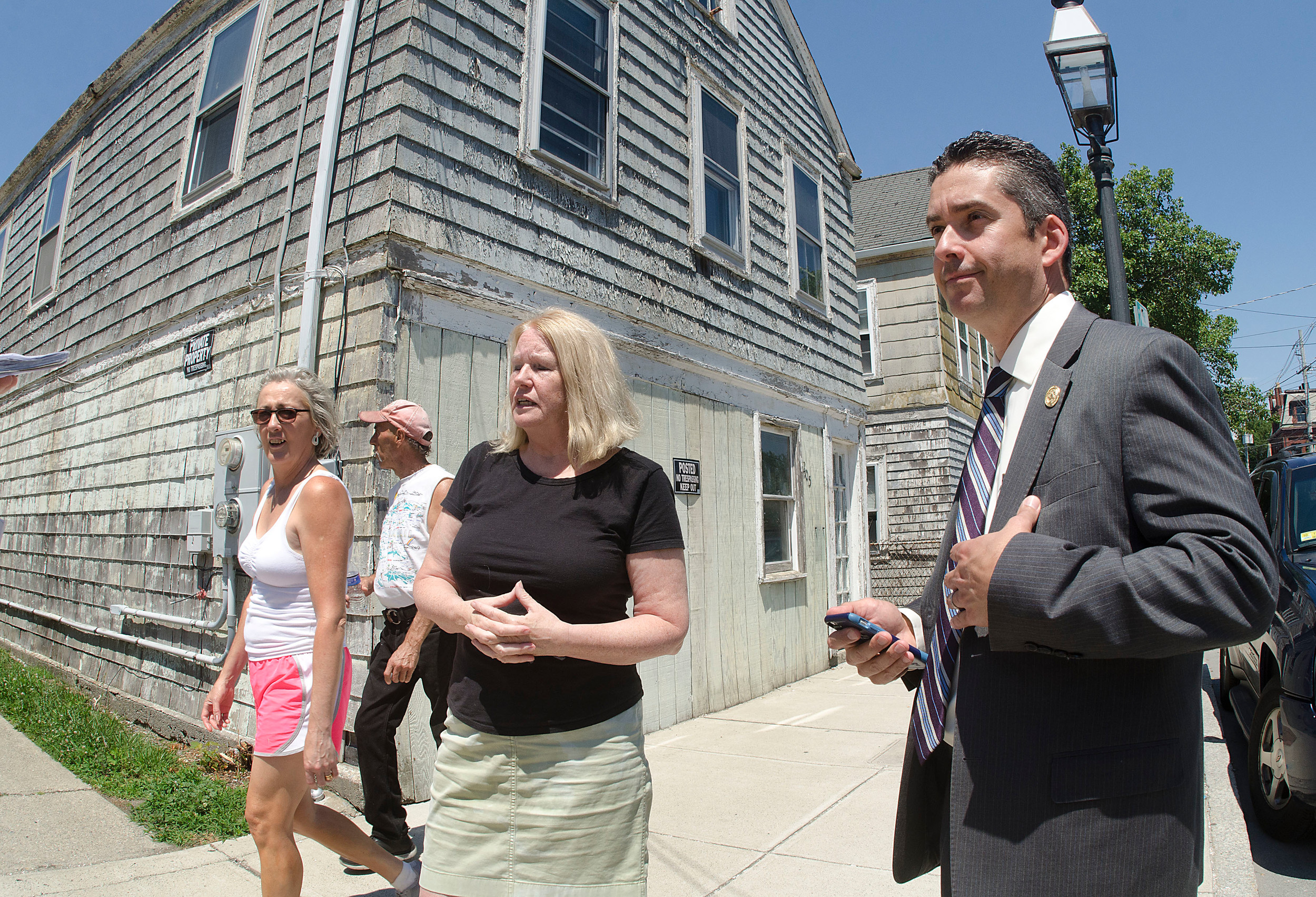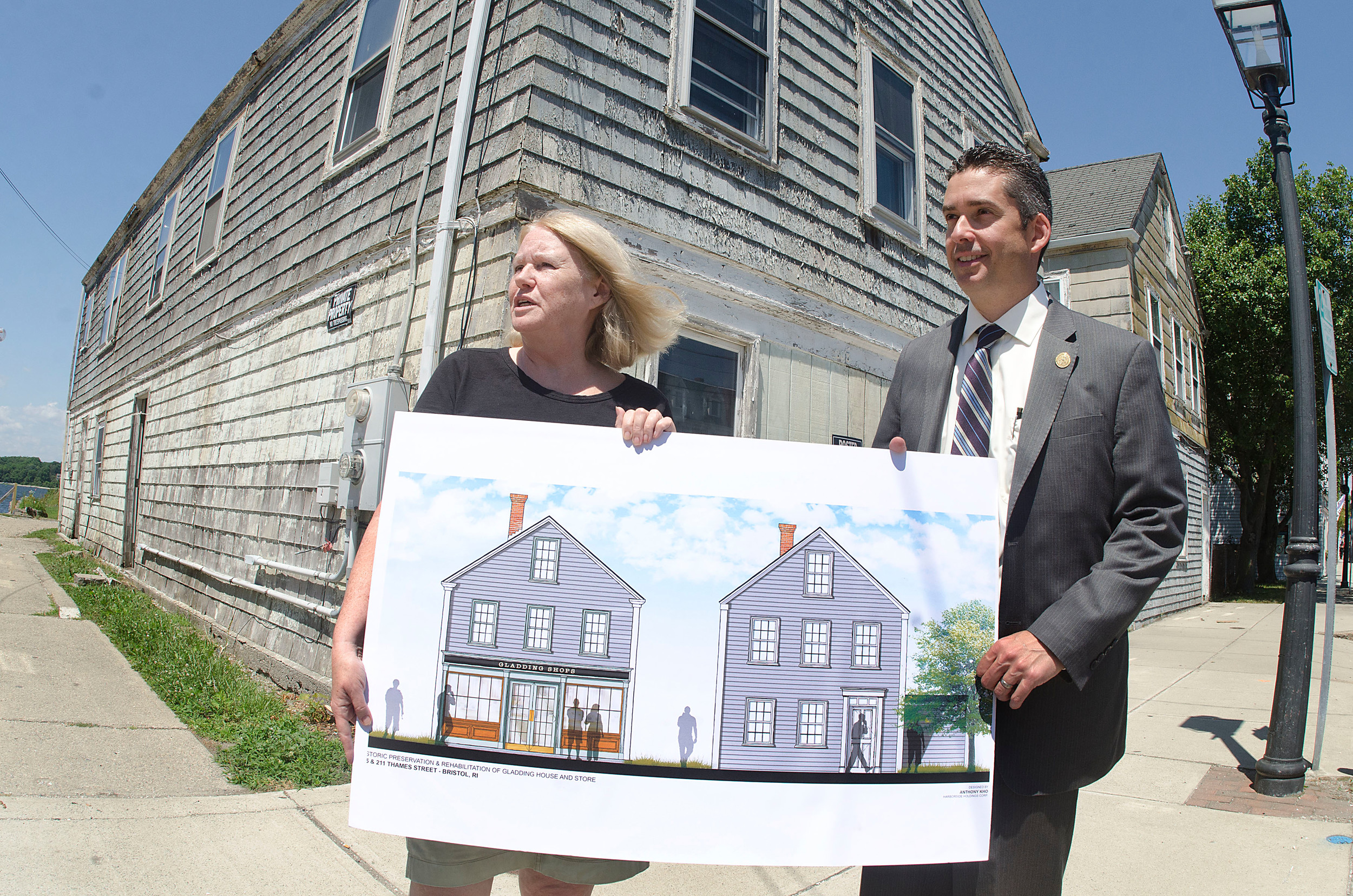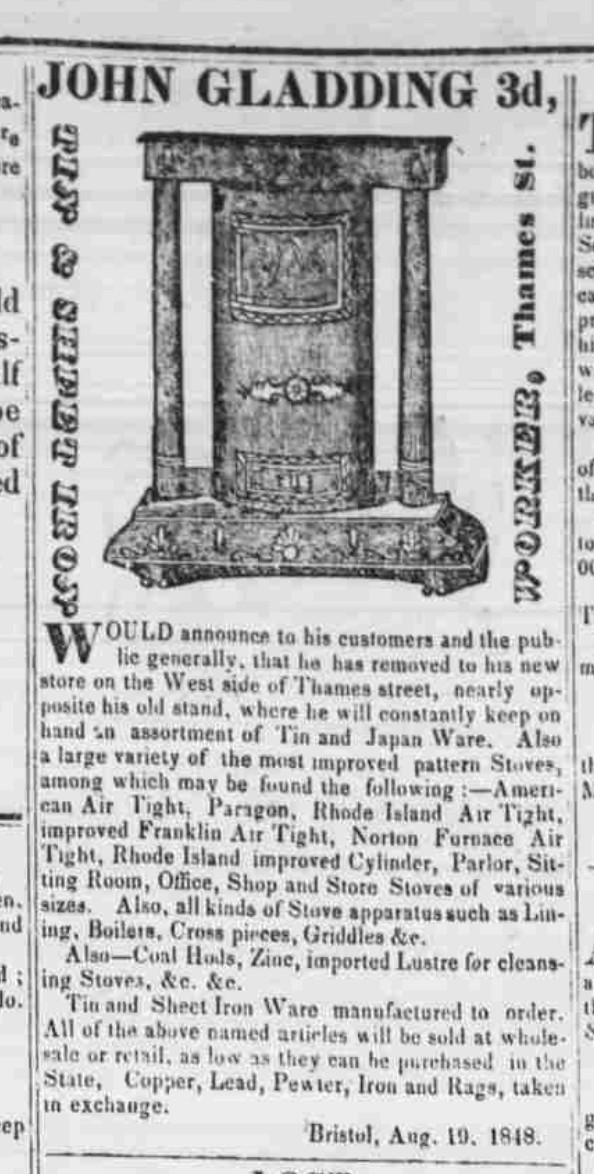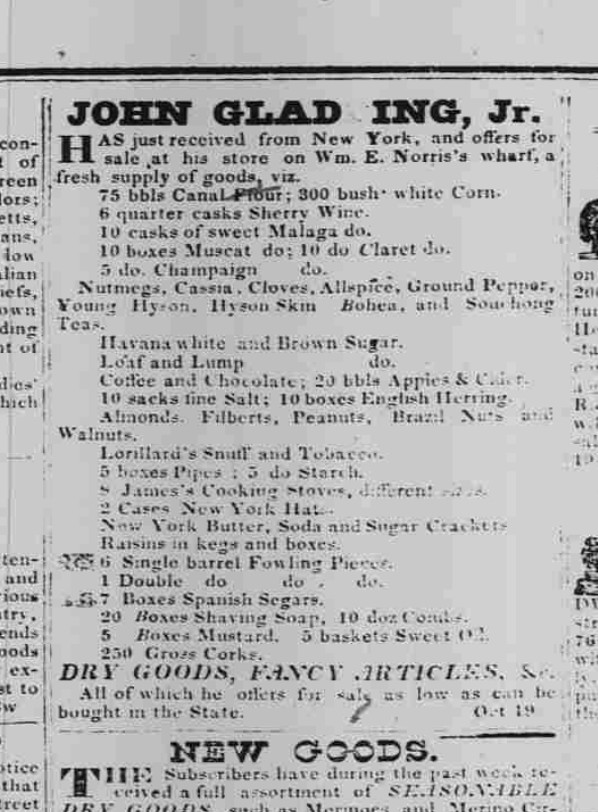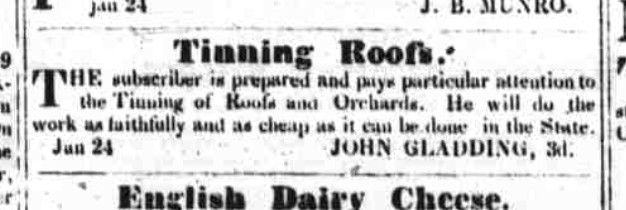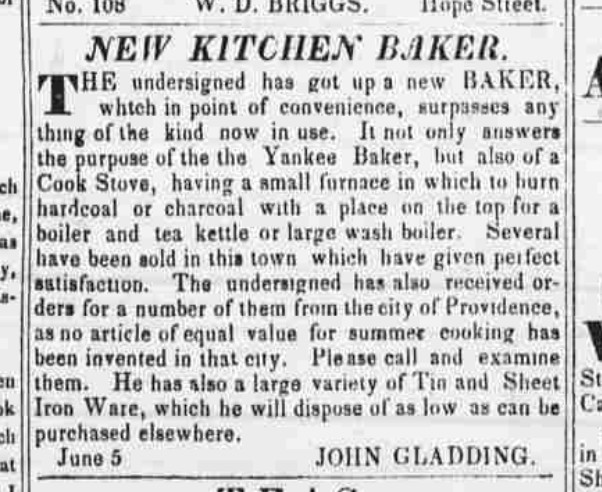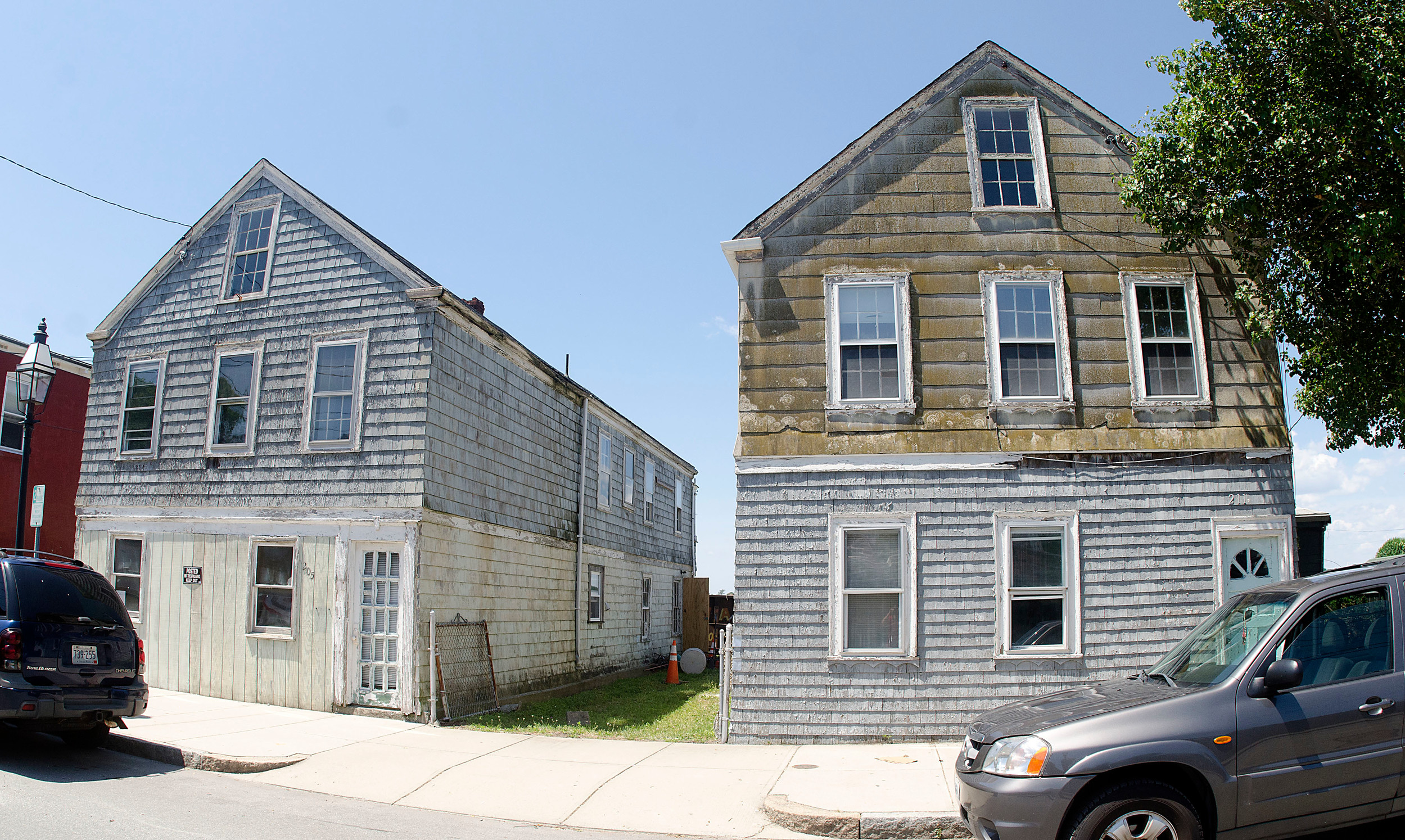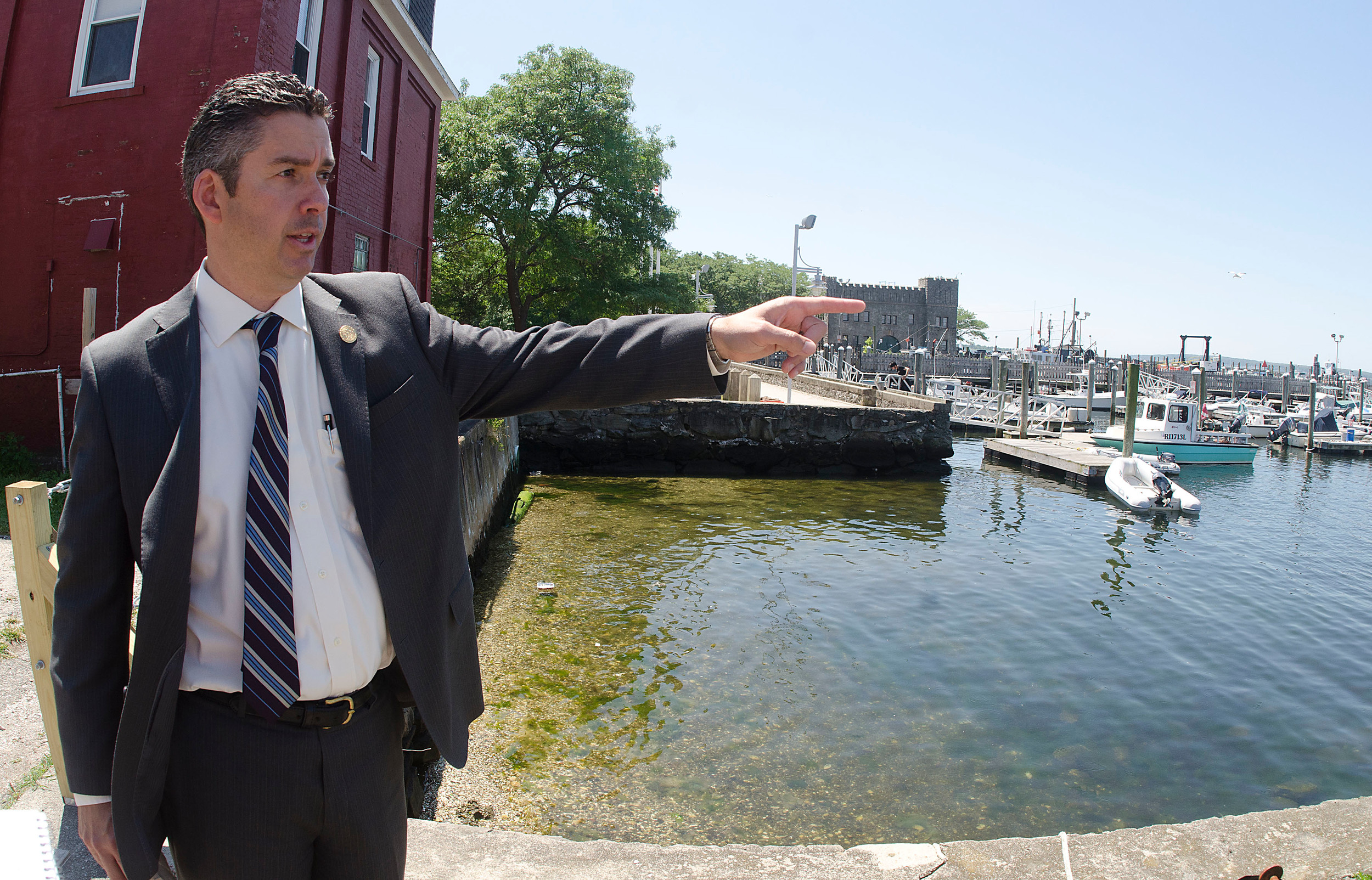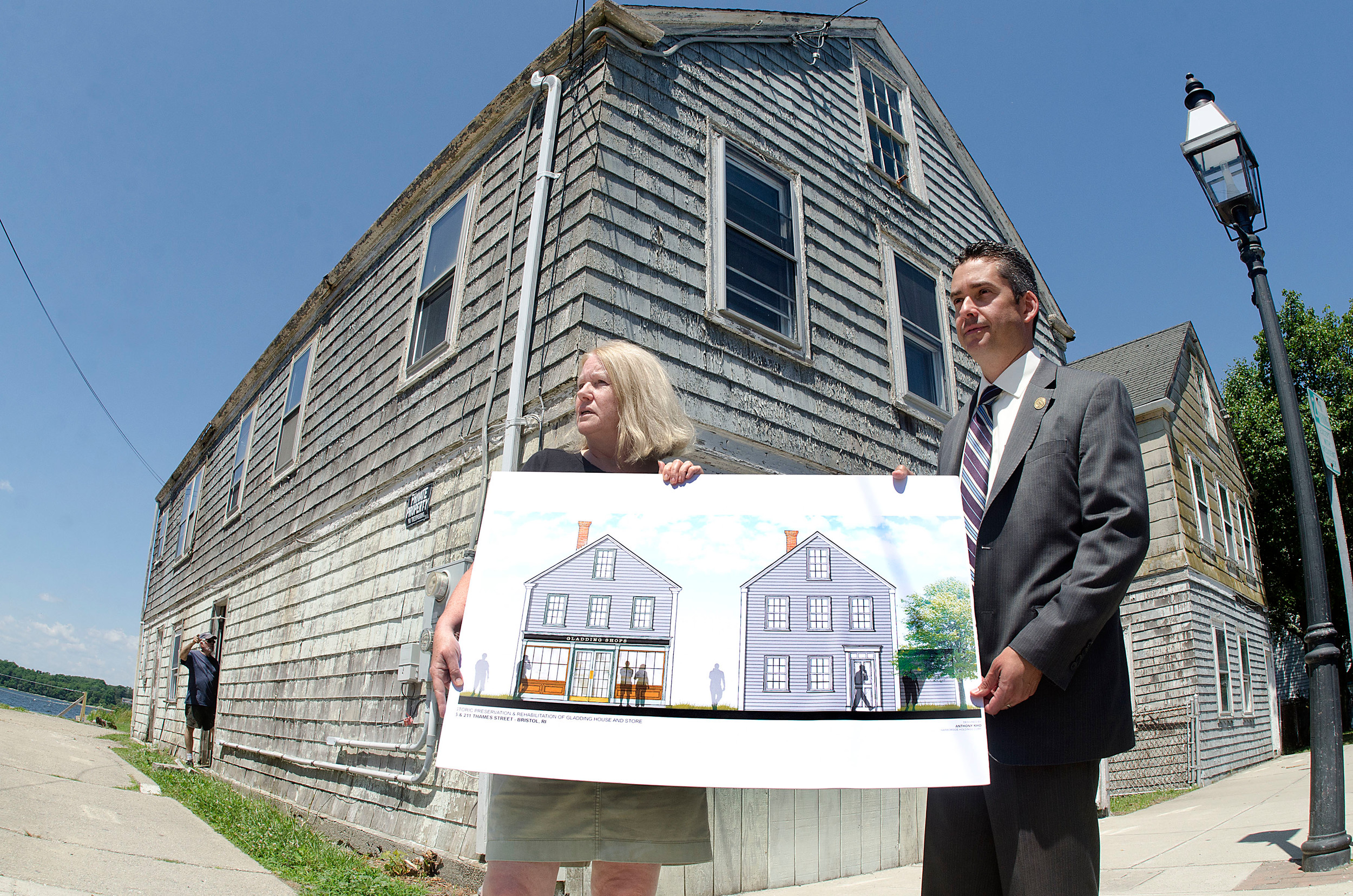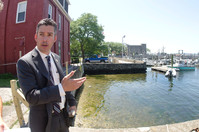‘Iconic’ historic preservation effort on Bristol's waterfront
Two waterfront buildings on Thames Street will get new life, and return to tax rolls
Two historic buildings along Bristol’s waterfront are about to get a major facelift thanks to a public-private partnership and the investment of experienced historic preservationists.
The …
This item is available in full to subscribers.
Please log in to continue |
Register to post eventsIf you'd like to post an event to our calendar, you can create a free account by clicking here. Note that free accounts do not have access to our subscriber-only content. |
Day pass subscribers
Are you a day pass subscriber who needs to log in? Click here to continue.
‘Iconic’ historic preservation effort on Bristol's waterfront
Two waterfront buildings on Thames Street will get new life, and return to tax rolls
Two historic buildings along Bristol’s waterfront are about to get a major facelift thanks to a public-private partnership and the investment of experienced historic preservationists.
The former Gladding Tin Shop and adjoining building — 205 and 211 Thames St. — next to the Ever-Ready Engine & Hose Company, are being transformed into mixed-use commercial and residential space, likely with restaurants on the first floor of the buildings and apartments upstairs. The buildings have sat vacant for years and have become an eyesore along Bristol’s waterfront, Town Administrator Steven Contente has said. Moving forward with a plan for the structures was a priority for him during last year’s campaign.
“These buildings are clearly an asset to the town historically,” Mr. Contente said. “This is an exciting project; it’ll be a great improvement to the town.”
SEE ALSO: Bristol named among 'Most Scenic Towns' in North America
The town bought the dilapidated buildings, which back up to Bristol Harbor, in 2013 for $450,000, mainly to secure public access to the waterfront, said former Town Administrator Tony Teixeira, who spearheaded the purchase. Originally, the town planned to raze the buildings for a waterfront park, but the state Historical Preservation & Heritage Commission deemed them historically significant structures that must be preserved.
Those preservation efforts go to the Bergenholtz family, principals of Harborside Holdings, a real estate development and historic preservation firm that has restored several structures in Bristol and around the region. They were the only bidder on the project. The firm has restored such buildings as the Nathaniel Church House on High Street, 41 Church St., 42 Bradford St., 366 Hope St. and others.
The town has leased the Thames Street buildings and part of the land to the family for $7,000 a year, adjustable every five years for inflation. The The town has retained the waterfront for public access. The Bergenholtz’ will also pay the the town property taxes, phased in 10 percent a year for the next decade. Together, the properties are assessed at $562,300. With a property tax rate of $14.97 per thousand of assessed value, the full tax bill would be about $8,400 per year.
The deal will cost Bristol nothing — other than the $450,000 to buy the property four years ago — Mr. Contente said, and will make money for the town in the long-term, while enhancing the look and functionality of the town’s waterfront, and respecting historic preservation. It will also return waterfront properties that have been vacant for years to the tax rolls.
“It was a good idea to buy them, but it was not a good idea that there was no plan for them,” Mr. Contente said, noting other improvements in the area include a planned extension of the boardwalk behind Firemen’s Memorial Park and space for transient boat tie-ups for public use. “We’re growing the waterfront, but we’re doing it in a smart way.”
Restoring the post-and-beam buildings originally constructed in the mid-1800s is no easy feat, requiring an investment of upwards of $800,000, according to Marianne Bergenholtz.
Foundation work will require actually lifting one of the houses off its foundation to pour a new concrete slab. The group plans to completely renovate the exteriors and interiors of both buildings to their original state, as noted in a 2015 study done by the state. They plan to strip the walls to their original structure, repair or replace rotting beams, and install a tin roof that originally sat atop the structures, among a host of other improvements. They hope to finish the project and have at least one restaurant — with whom they are already in talks — in place by next spring.
“When you come in the harbor on the water and see those tin roofs, it’ll be iconic,” Ms. Bergenholtz said. “We’re very excited to bring these buildings back to their originality.”
To ensure an accurate restoration, Marianne and Benjamin Bergenholtz have done exhaustive research on the history of the structures and the Gladding Tin Shop, including combing through archives at Town Hall and the Bristol Phoenix. The larger of the two structures was the original home of a tin shop, a common site near harbors throughout the country in the 19th century. The Bergenholtz have learned that the Thames Street building is the last remaining harborside tin shop still on its original foundation in the country.
As his business grew, John Gladding Jr. added the second structure and expanded into an import business, selling parlor stoves, Japanware, and goods imported from Cuba.
“We found old Phoenix ads, which show how he promoted his wares, and also shows the wares people were interested in buying,” Ms. Bergenholtz said, likening the work to that of an anthropologist. “We get the whole history of the place; find out who people were. This is an average, working man’s waterfront that’s such an important part of Bristol. This is the real history.”
The Bergenholtz will be protecting not just history with the project, but the environment, as well. Water runoff from dirty streets and parking lots can carry oil, gas and other pollutants into the harbor. To prevent the pollution, the group will use a porous pavement for its parking lot, which allows water to seep through into the ground below, preventing runoff into the harbor. It also prevents ice from forming, eliminating the need for salt and sand in winter.
“This could be a national example for historic preservation,” Ms. Bergenholtz said. “We’re going beyond for historic preservation; we’re going beyond for the environment; and we’re going beyond for putting something here that really fits for Bristol.”

